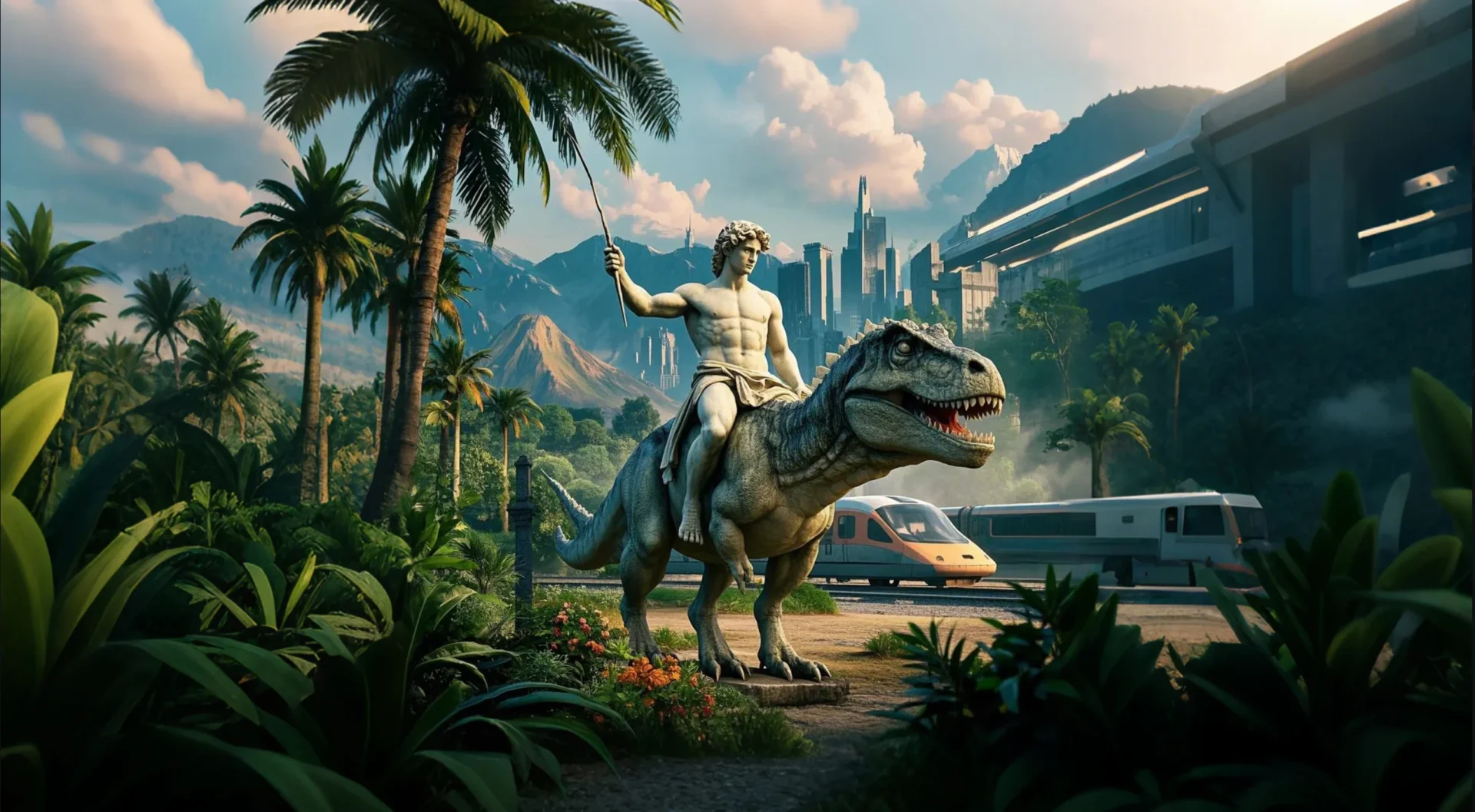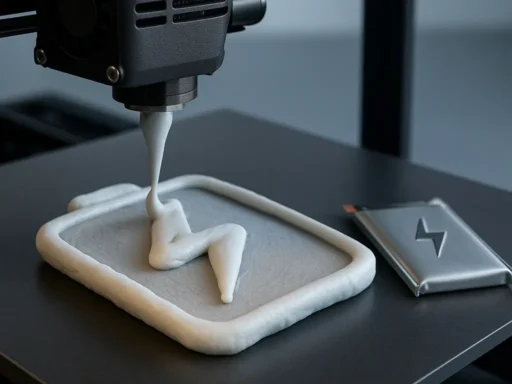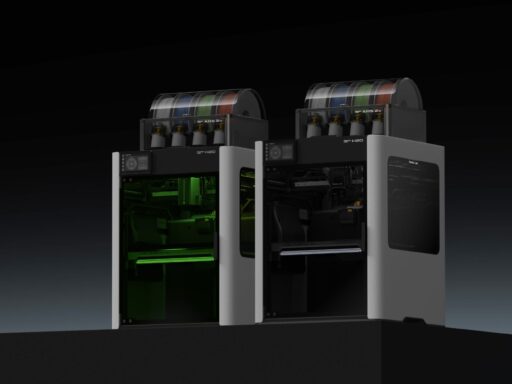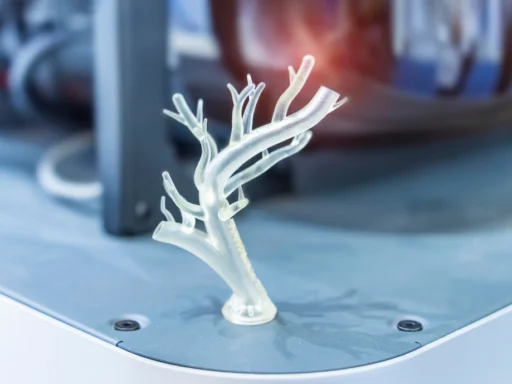There were times when 3D printing was the concept discussed by the characters of the “Jurassic World” as means of creating new dinosaur species. However, nowadays the technology actually revolutionizes the replication of art and historical artifacts by bringing them back to life with astonishing precision and detail. In this article, we’ll take a look at how 3D printing can be beneficial for art and history projects, and explore some of the most exciting examples. Dinosaur-related, too!
Art and history are among many different industries, in which digitizing and replicating real-world objects is not only innovative, but remarkably meaningful, as it helps to understand the past as well as the future. Recreating artifacts with astonishing accuracy is often the only step away from educating, preserving, and granting global access to remarkable works of art and history. What used to be on display exclusively in museum halls, becomes widely available, which adds an entirely new dimension of appreciating these objects.
How exactly does 3D printing stand as a bridge connecting the past, present, and future of both art and history? The answer spans multiple possibilities, from replacing traditional creative methods, materializing virtually any imaginative concept, to producing precise physical replicas for architectural and archaeological reconstruction. In today’s world, 3D printing is a source of invaluable research, preservation, and educational tools that provide revolutionary experiences, both visual and tactile. Let’s take a closer look at some of the projects that prove it.
Walking the Pompeii
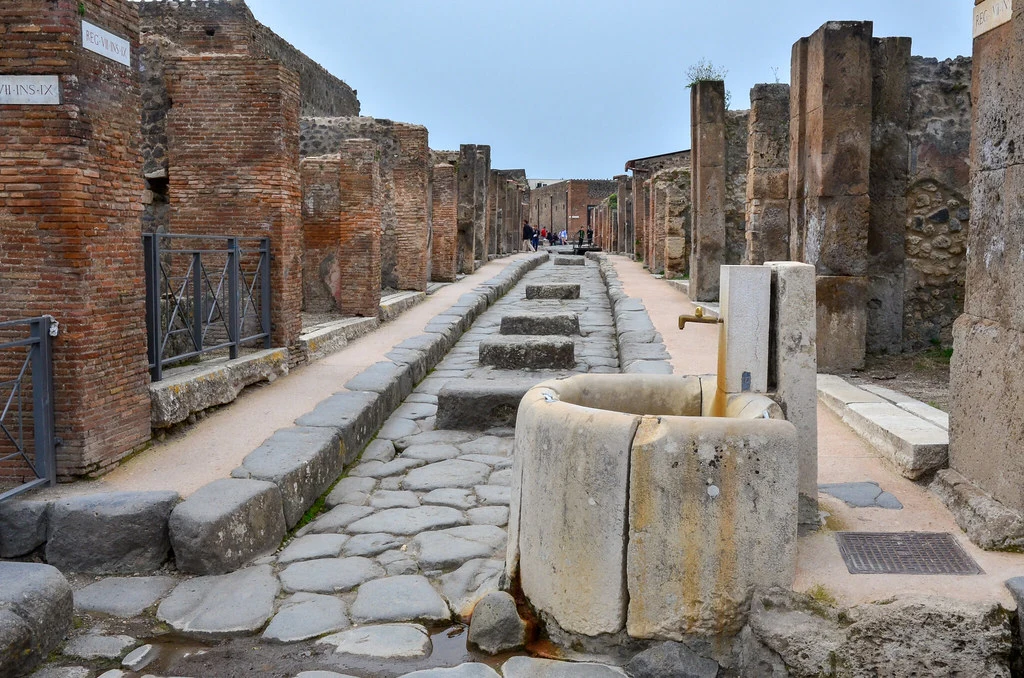
The destruction of Pompeii in 79 AD due to a volcanic eruption is arguably one of the most (and sadly) famous tragedies of all time. In mere minutes, the Mediterranean village disappeared – to symbolize the sudden and devastating power of natural disasters. However, back in 1863 archaeologists cast these shapes in plaster, and recent 3D scanning and printing techniques have enabled shockingly accurate reproductions of these casts, offering a heartbreakingly detailed glimpse into the final moments and appearances of Pompeii’s citizens.
The Swedish Pompeii Project, initiated by the Swedish Institute in Rome in 2000, focuses on recording and analyzing the entire Pompeian city-block Insula V 1. The project encompasses various disciplines, including advanced digital archaeology with 3D reconstructions. While the first thing we usually relate to is thousands of human lives lost, there was even more – including incredible architecture and art. Thanks to 3D technology, the beauty of the city can now be admired and studied, as the project offers interactive web-based 3D models with navigational tools for supplementary information.
Repairing Rodin’s Thinker
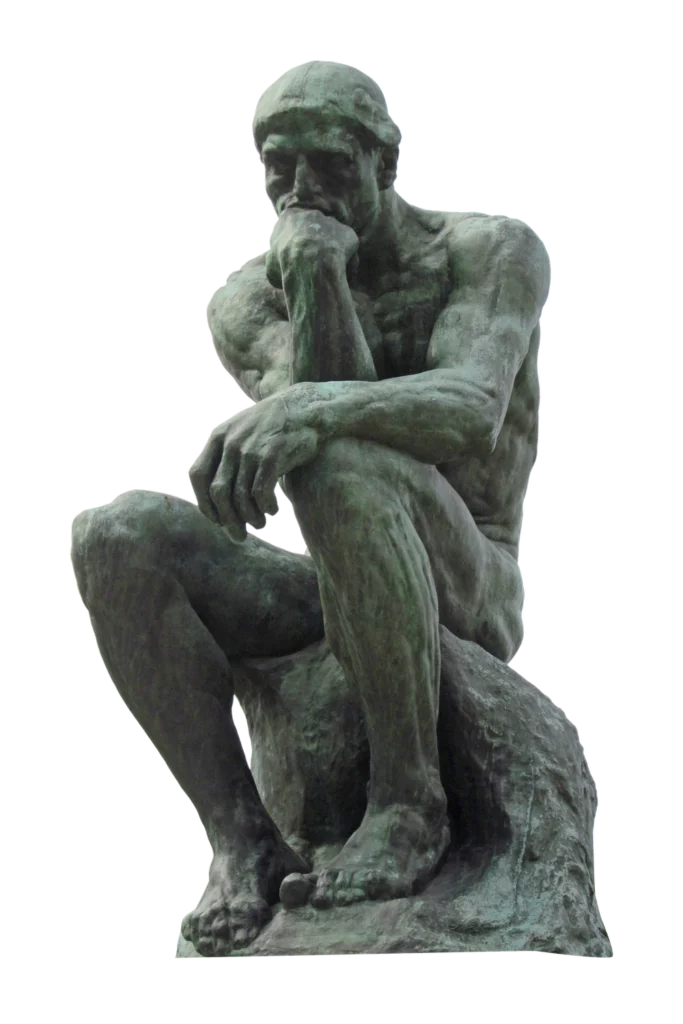
One of the world’s most renowned sculptures, Rodin’s Thinker, fell victim to infamy in 2007, when seven sculptures, including the famous artwork, were stolen from the Singer Laren Museum in the Netherlands. The thieves’ intent, surprisingly, was not to profit from the sculptures, but rather to dismantle and scrap them. The severely damaged Thinker was eventually recovered after the attempts to dismantle it for melting. The dedicated team at Singer Laren diligently undertook the task of restoring the sculpture, relying on 3D printing technology.
Apart from its artistic value, the Thinker was worth up to $10 million, so restoring the sculpture was a great responsibility. To address the challenge, the company iMaterialise suggested a multi-step approach involving a CT scan of the damaged figure, as well as scanning the original mold from the Musee Rodin in Paris. The meticulously recreated full-size replica was 3D printed using photopolymer resin guided by lasers. The 3D scans and prints were then used by the conservator team at Singer Laren to reconstruct and replace the missing and harmed parts of the statue. All thanks to 3D, the Thinker “thinks” again.
Building an ecosystem of 3D printable artifacts
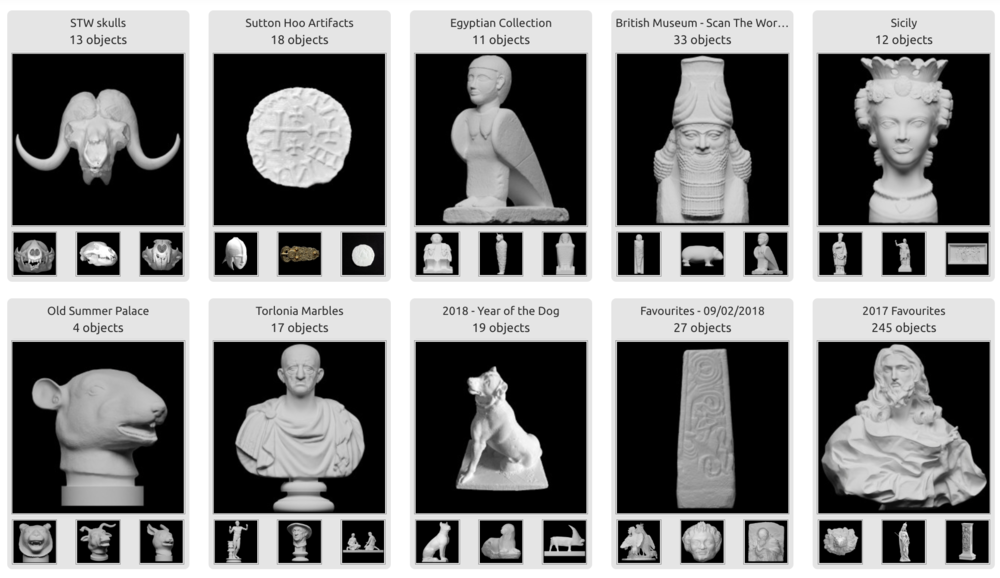
Some recent initiatives take a more democratic approach to art and history, defining their mission as enabling the global community to access, study, preserve, or simply enjoy art and historical artifacts. One such initiative is a UK-based Scan the World, established in 2014. The organization has developed the most extensive network of freely accessible, 3D printable cultural items. Their repository contains more than 16,000 artifacts and partnerships with over 50 cultural organizations. According to Google Arts and Culture, Scan the World serves as the authority on open 3D heritage with their free downloadable catalog of artworks from all over the world, scanned from museums, galleries, public spaces, and even private collections.
What makes this project a true beacon in the world of art and history, is their aim to collect meaningful stories behind the artifacts in order to share diverse views on their importance and impact. The initiative is committed to creating a safe space for heritage to be a shared discovery, regardless of its location. Making cultural objects accessible, both physically and digitally, brings many more research and conservation opportunities, as it simplifies our comprehension of their creation process and conceptual ideas. If you feel inspired, you can instantly browse Scan the World’s collection and admire an amazingly diverse range of artworks in 3D, from Mickelangelo’s David to the underrated gems from ancient Egypt or India.
Meeting a T-Rex (or 3D printing your own)
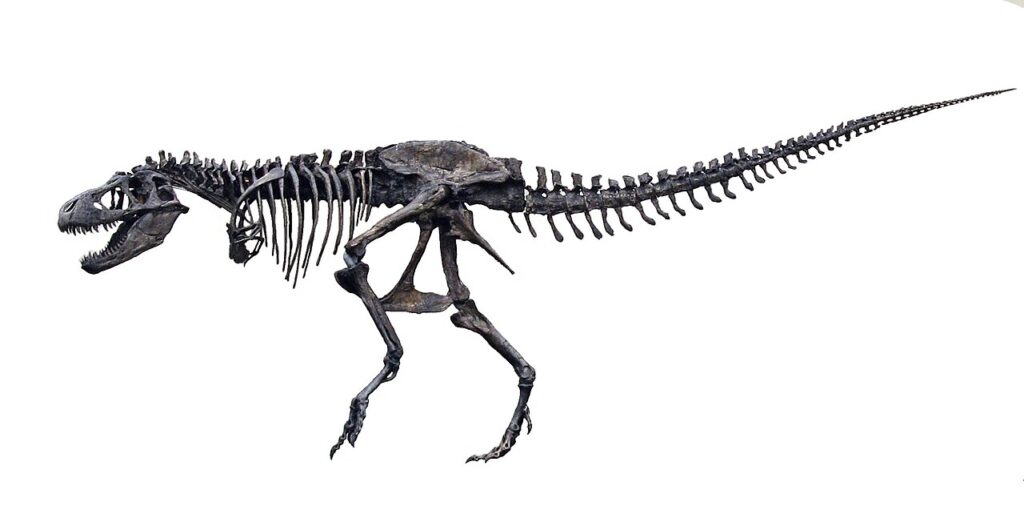
No, we haven’t forgotten about the dinosaurs! They seem to be one of the pet objects to digitize at science museums – it’s well-known that many of them have utilized 3D printing technology to replicate and study dinosaur fossils for educational and research purposes. Renowned museums like the Smithsonian National Museum of Natural History, the Field Museum in Chicago, and the Australian Museum have created accurate 3D replicas of dinosaur bones, enabling scientists, educators, and visitors to appreciate these fascinating ancient creatures in hands-on and non-invasive ways. With tens of museum-curated models of T-Rex skeletons, anyone’s obsession with fossils can be satisfied. Some of these 3D replicas can be taken to your classroom with a detailed lesson-plan, others can be 3D printed right off the museum website, and even more are found – life-size – in interactive exhibitions all over the world.
One amazing example is a remarkably well-preserved T-Rex skeleton, affectionately known as “Trix,” discovered in Montana. It boasted over 80% of its bone volume intact, putting Trix among the three most complete T.Rex skeletons ever found. All the vital, large bones were present, and the fossil’s quality exceeded that of any other T.Rex skeletons globally. Paleontologists at the Naturalis Biodiversity Center devised a strategy for preparing this 43-foot-long specimen for display, which included meticulous 3D scanning of the colossal dinosaur’s bones – in full color and precise detail, capturing even the minutest millimeter-sized bones. Eventually, a 3D-printed model was produced, serving diverse purposes such as museum interpretation, paleontological research, and educational endeavors.
Unveiling the iconic beauty of Nefertiti
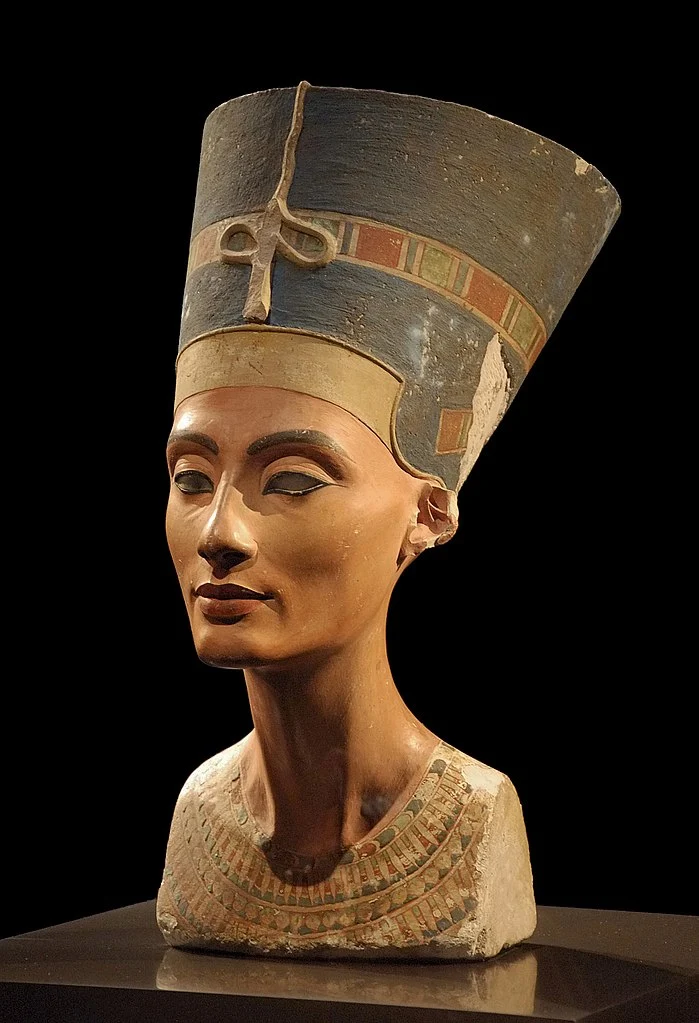
Yet another side of what 3D printing technology can contribute to the world of art and history is well illustrated by digitizing the legendary bust of Nefertiti, the wife of the pharaoh Akhenaten, who ruled Late Bronze Age Egypt towards the end of the 18th Dynasty (approximately 1352-1336 BC). The image is known to everyone: the graceful neck, beautiful cheekbones, and coal-black eyeliner of the Egyptian queen have long been associated with timeless artistic beauty. In 2018, the Neues Museum in Berlin employed 3D scanning and printing techniques to create a highly accurate replica of the sculpture, granting wider access to the ancient Egyptian masterpiece. However, it was not until 2019, when Nefertiti was digitally ‘freed’: this only happened when the museum transferred the digital data to artist Cosmo Wenman after a hoax heist and exhausting legal fight.
The long-standing issue of whether the bust should remain in the Neues Museum, or be repatriated to Egypt, has been open for years. Egypt has sought the return of the sculpture, asserting its cultural value and historical context, while Germany maintains its legality and preservation within its museum collection. When the debate moved into the realm of digitization, the efforts of different artists to make 3D data taken off the bust widely available caused a wide resonance. This story sparked a discussion on who should ‘keep’ heritage, and what role 3D technology may play in addressing repatriation and copyright issues. It turned out that 3D digitization of cultural heritage brings an entire group of new opportunities for preservation and access – while also causing a massive shift in how we view the ownership of this heritage.
These are only a few examples of 3D printing’s ability to turn scanned objects or specifically designed 3D models into something to affect art and history. While there is still much to be discovered and innovated, the entire learning experience available to us right now, with every opportunity of seeing and feeling to appreciate priceless cultural objects, is something we have never enjoyed before. In a way, the future is now bringing the past forward, and we can only be amazed at how close we can get to the treasures of global heritage that only used to exist in museum rooms, our cultural codes, and historical memory.

